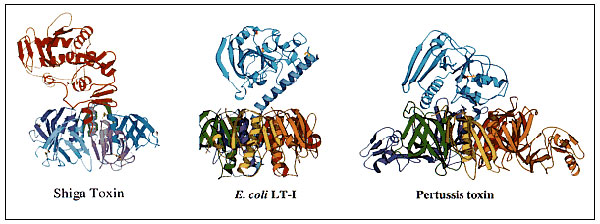Volume 5, Number 2—April 1999
Synopsis
Clonal Differences among Erythromycin-Resistant Streptococcus pyogenes in Spain
Figure 2

Figure 2. A dendrogram showing the genetic relationship of 15 clones of M-phenotype erythromycin-resistant Streptococcus pyogenes and two erythromycin-sensitive strains (ErS) established from pulsed-field gel electrophoresis patterns obtained after SfiI digestion by using the Dice coefficient and UPGMA and Lane Manager 2.1 software. Clone A (III/T12/emm12a); Clone B (I/T4/emm4); Clone C (I/T4/emm4); Clone D (V/T8,25/emm75); Clone E (I/T1/emm1); Clone F (I/T28/emm28); Clone G (I/ TB3264/emm ntb); Clone H (III/TB3264/emm2); Clone I (I/T4/emm4); Clone J (V/T8,25/emm75); Clone K (II/T2/emm2); Clone L (III/T nt/ emm nt); Clone M (III/T12/emm12); Clone N (III/T12/emm12); Clone O (III/Tnt/emm nt); ErS T12 (III/T12/emm12); ErS T4 (I/T4/emm4). aBiotype/T-serotype/emm type. bnt = nontypeable.